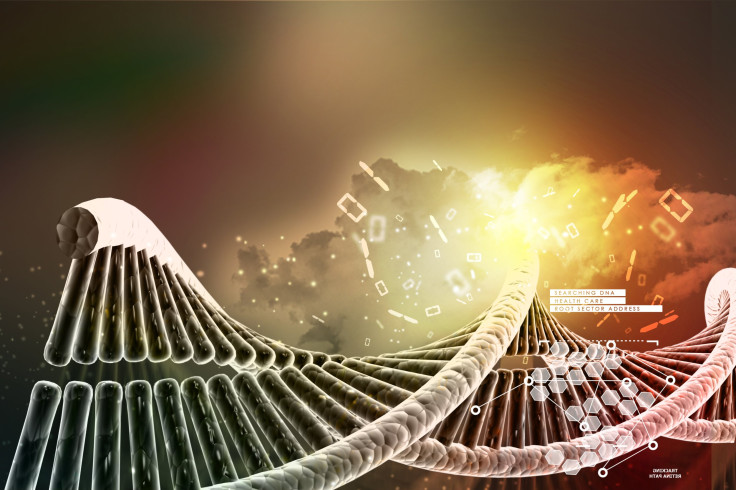Causes Of Autism Illuminated: Researchers Map A Molecular Network Of Crucial Protein Interactions

Ever since the human genome was mapped, scientists (and those of us cheering from the sidelines) have been hoping to find the genetic basis for various diseases, including autism spectrum disorder (ASD). After a decade of research, however, it is clear the process is not just a matter of sequencing the genome of a group of patients and then figuring out which genetic variation all of them share — to understand the origins of disease, scientists also need to learn all the tiny, atom-sized interactions involved. In a new study, Stanford University researchers mapped an entire molecular network of crucial protein interactions that contribute to autism.
While “much work remains to be done,” Dr. Charles Auffray, of Université de Lyon, states this new research is “a bold attempt to leverage a number of rich sources of data and knowledge and to complement them with relevant additional measurements to unravel the molecular networks of ASD.” Auffray’s editorial appears alongside the published study in Molecular Systems Biology.
How, though, does learning the underlying protein interactions help scientists understand the disease of autism? A review of genes and proteins may help you see the link.
Not Just Genes, But Proteins
Like the proverbial snowflake, you are unique and so you possess a unique genome. (Your genome is the complete set of your genes.) Each and every cell inside your body contains this same genome, with all the very same genes, simple stretches of DNA containing instructions, and what your genes actually do is produce and regulate proteins that run everything in your body. Your genome is the blueprint, then, with proteins acting as the workers to carry out this important plan.
While all your cells contain the same genes, individual cells have specific missions to carry out, and so they either turn on or turn off different genes — this is referred to as gene expression. In fact, each cell in your body expresses only a fraction of its total genes, while silencing all the rest. Genes expressed in your liver cells, for example, are silenced in your skin cells; some genes expressed during your first year of life are silenced in the years thereafter.
While scientists know which protein a gene will make by looking at its code, what they don’t know is the amount of protein that will be made, which cells within a group of cells will make it, or when it will be made. However, they recognize these patterns of gene expression are a matter of inheritance as well as the environment. They also know gene expression is crucial, possibly even the key to health… and disease.
For the current study of autism, then, the scientists did not just look at genes, they also looked at gene expression — the protein interactions — in patients with autism. After identifying a “protein interaction module,” the researchers sequenced the genomes of 25 patients to confirm its involvement in autism and then validated these findings with data from 500 additional patients. Next, the team examined gene expression within the module, in part by using the Allen Human Brain Atlas. Here, they discovered the brain's corpus callosum and oligodendrocyte cells — these cells help form myelin, the insulating sheath of brain cells necessary for high velocity nerve conduction — made important contributions to ASD; patients with autism, for instance, exhibited extensive gene mis‐expression in the corpus callosum, the bundle of nerve fibers connecting left and right brain hemispheres.
“Our analysis delineates a natural network involved in autism, helps uncover novel candidate genes for this disease, and improves our understanding of its molecular pathology,” wrote the authors in their published research.
Though further research is needed to fully understand autism's origins, this study “contributes to the development of an openly shared methodological framework and tools for data analysis and integration that can be used to explore the complexity underlying many other rare or common diseases,” Auffray said.
The researchers, then, not only discovered a new way to view a particular disorder, they have shared their methods to help others gain perspective on all disease.
Source: Li J, Shi M, Ma Z, et al. Integrated systems analysis reveals a molecular network underlying autism spectrum disorders. Molecular Systems Biology. 2014.



























